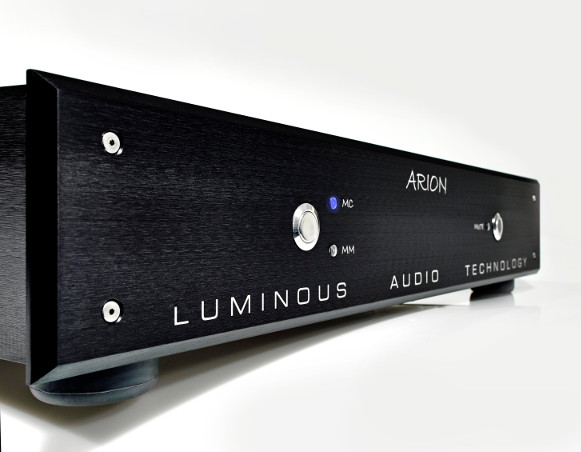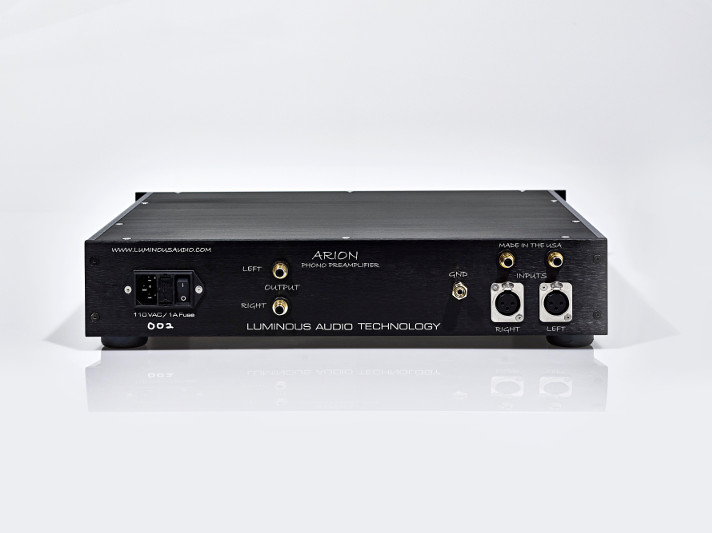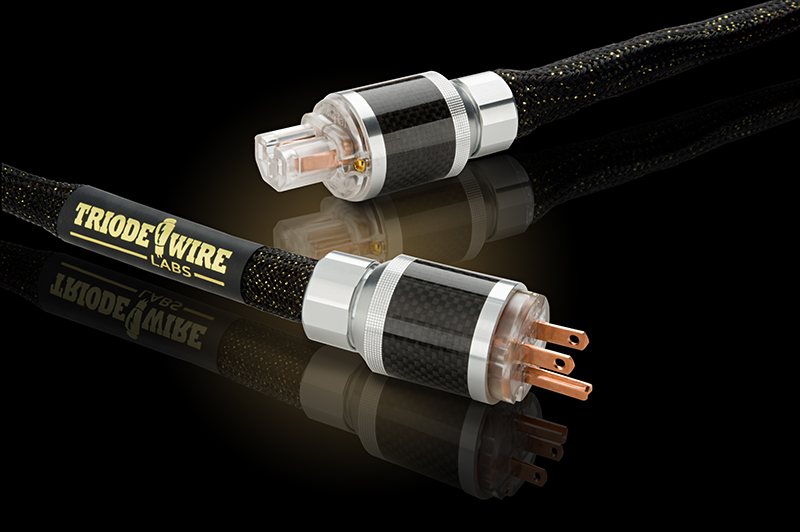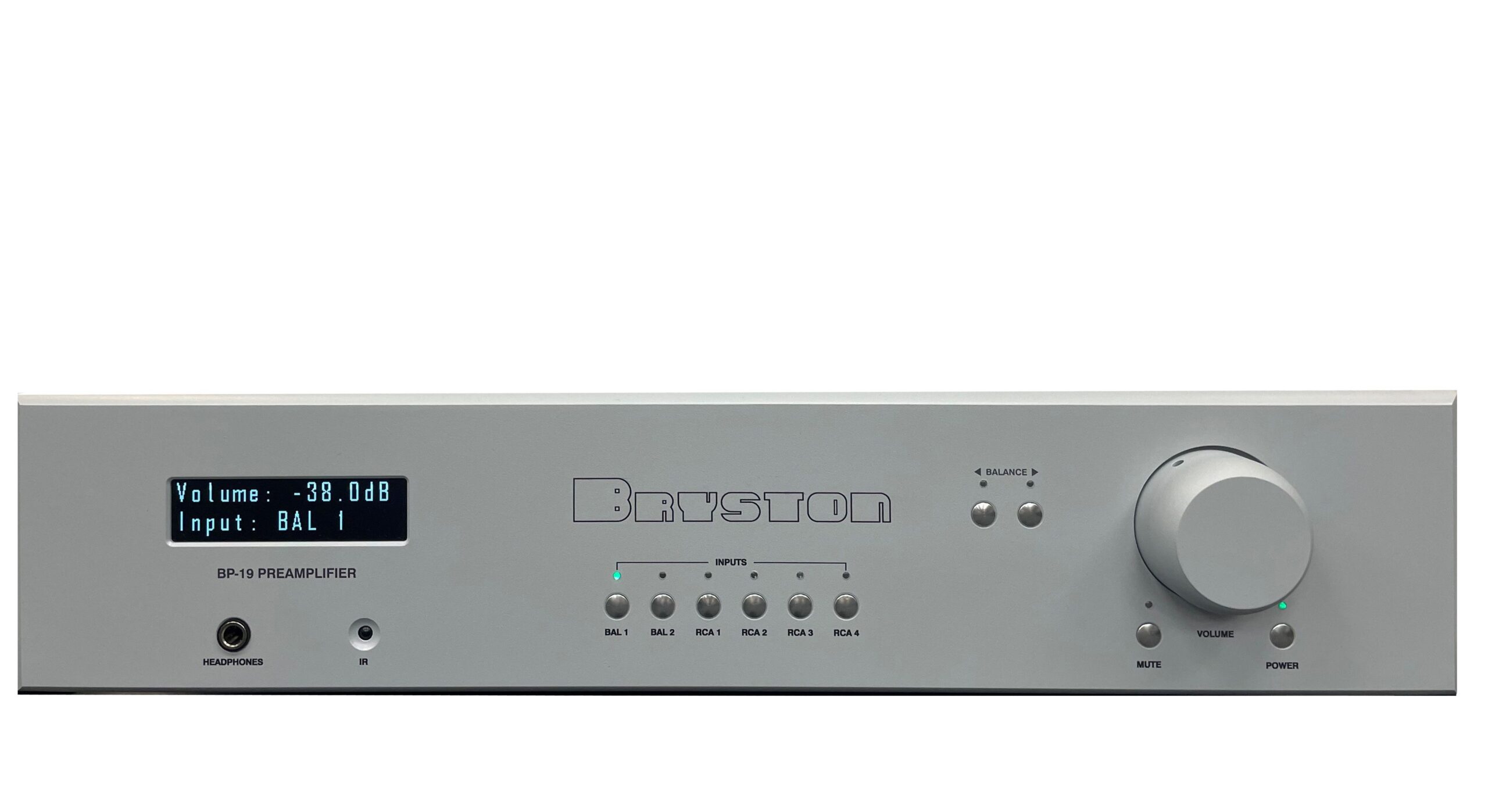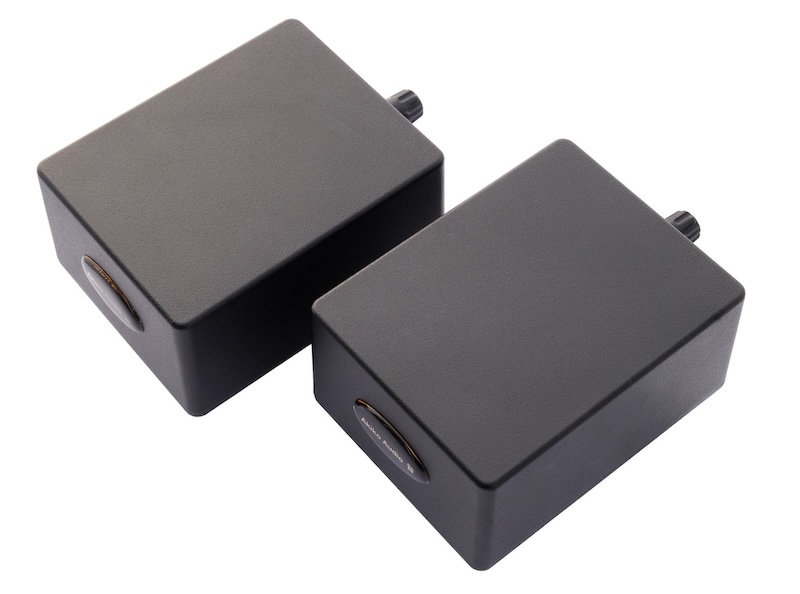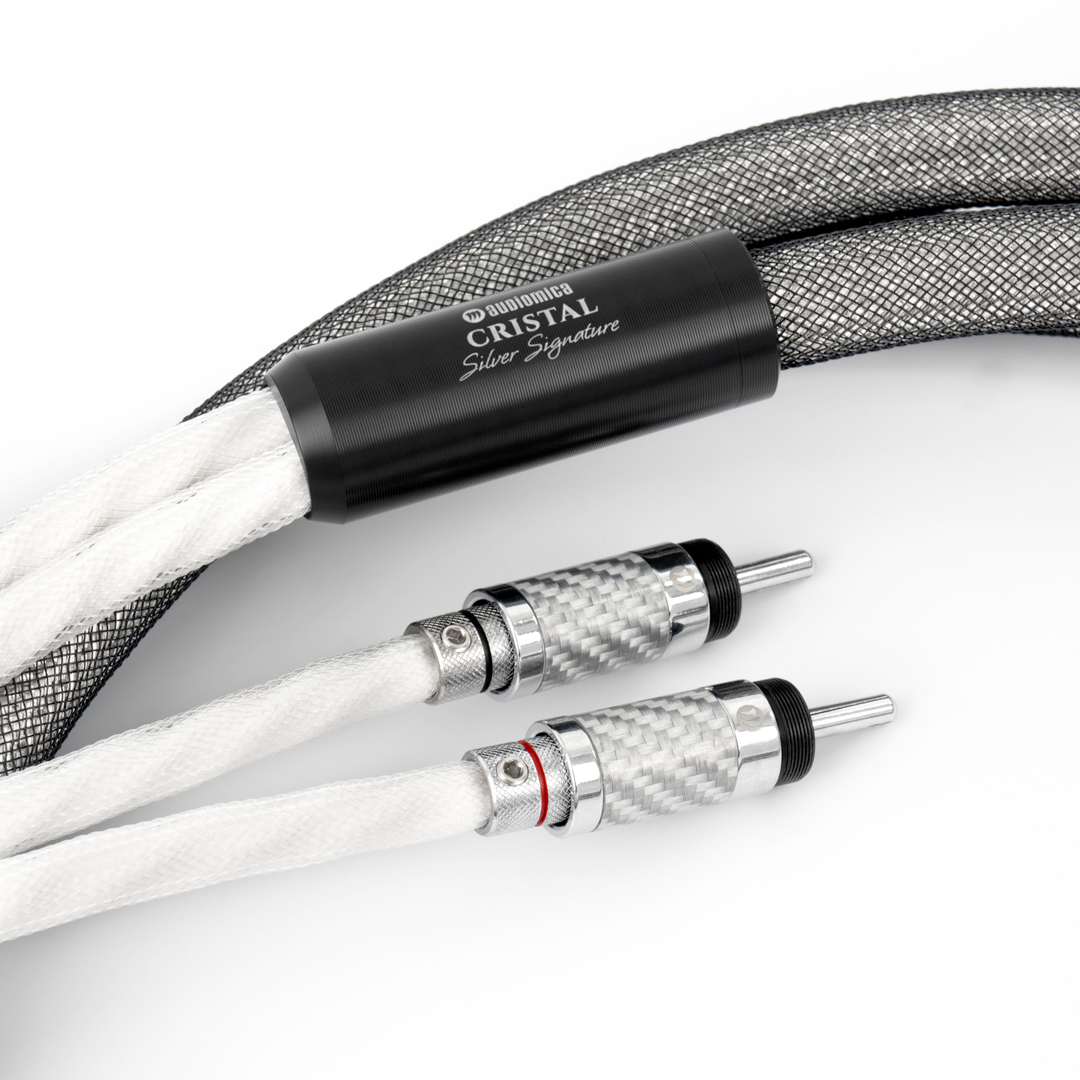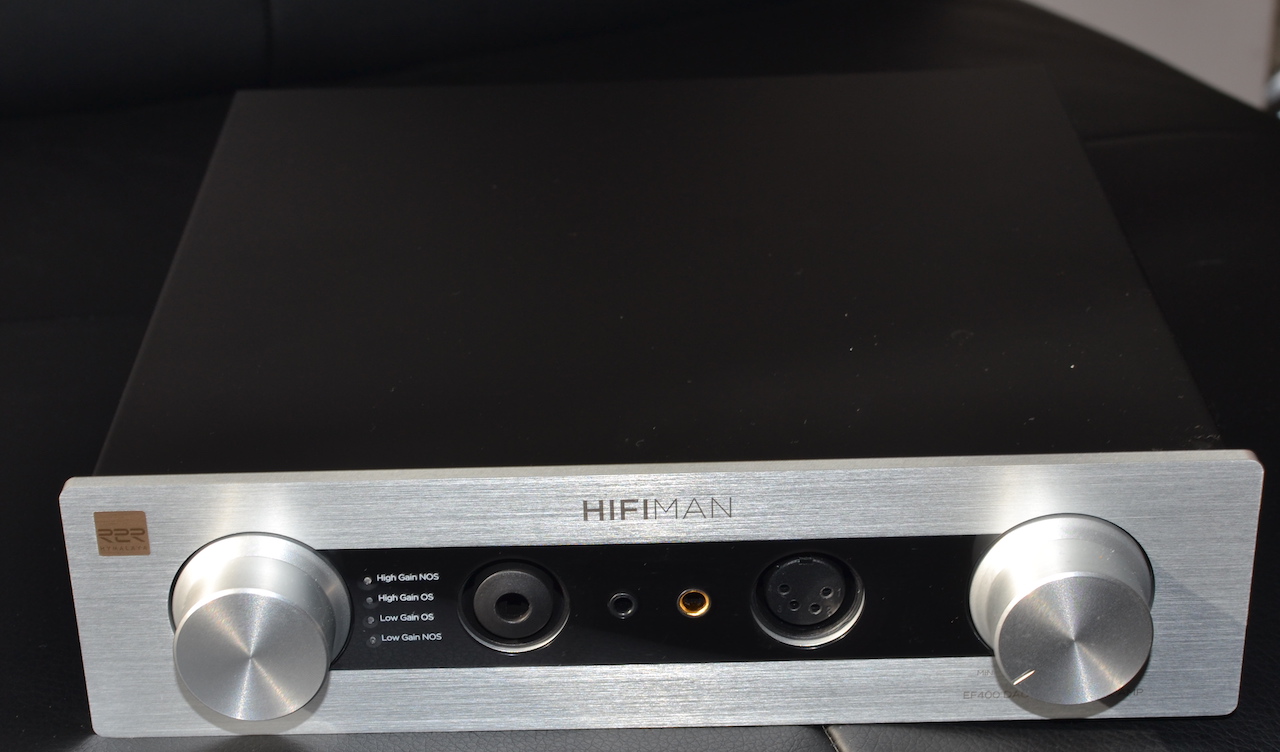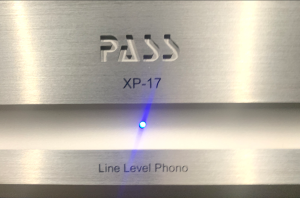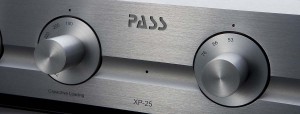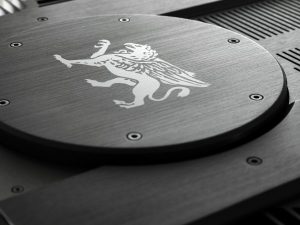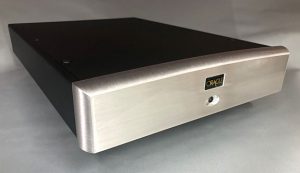I have come across many audiophiles who have truly splendid turntables, tone arms, and cartridges, of which cost them an arm and a leg. Nevertheless, they still may not enjoy the best that vinyl has to offer if the bottleneck in their audio arsenal is their phono preamplifier.
There is no doubt that the phono preamplifier plays a crucial part in the analog chain and the very best of this breed takes some serious coin to acquire. This could be the reason why, in so many vinyl rigs, the phono preamplifier is usually the weakest link. So I am always delighted whenever I happen upon any phono preamplifier that delivers sonic performance that is reasonably close to state-of-the-art but at a price that not stratospherically out of reach.
When Dr. David Robinson, the Editor of PF offered me the opportunity to review the Arion, a phono preamplifier designed by Luminous Audio Technology, I jumped at the chance. I have heard good things about this unit and was curious to find out for myself if it deserved the buzz it had been getting. Tim Stinton of Luminous Audio Technology had a bit of a problem prying the Arion review unit out of the hands of the previous reviewer but eventually managed to get it to me.
The Arion project was conceived when Tim Stinson met Mike Bettinger at a Richmond Audio Society get-together. That meeting resulted in Tim visiting Mike's home where he had a jaw dropping reaction to the sound quality of Mike's system, which Tim described as one of the top two or three systems that he had ever heard. This experience motivated Tim to commission Mike to design a no-holds-barred phono preamp which would become the Arion.
The unit itself is very solidly built with a no-nonsense esthetic and very straightforward connections and controls. This meant that it took just a few minutes to incorporate into my system. As serendipity would have it, I also happened to be reviewing a truly remarkable turntable from Thales that is made by an ex-watchmaker in Switzerland and as I expected, the Thales and the Arion made excellent dance partners.
Having already been through the hands of a couple of reviewers, the Arion unit was already fully broken in, and so I could get down to the business of reviewing it without having to bother breaking it in. However, before the formal audition I read through the unit's white paper and found it quite fascinating. To design a phono preamplifier with superior performance without the uber high price tag, Mike Bettinger, the designer, had to think outside the box, break a few hitherto accepted design parameters, and challenge conventional thinking.
Hitherto, many high-end and exorbitantly priced phono stages have offered a balanced circuit design. Mike decided to go against this ‘conventional' thinking and adopt a single-ended design instead. His rationale; the signal provided by the cartridge is not balanced as many in the industry claim, so a pseudo ground needs to be created to reference the cartridge output to create a positive and negative signal.
To create a balanced output, the phono preamp has to equalize and amplify the signal through two identical preamp and equalization circuits. Given this state of affairs, Mike decided that not much is to be gained from adopting the balanced design and so he decided to go the simpler single-ended route for the Arion. This allowed him to use his understanding and experience with the intricacies of circuit layout and execution of audio amplification circuitry to successfully reference the cartridge to a clean ground thereby allowing the Arion to maintain the signal integrity of the cartridge output.
For the Arion, Mike decided on a two-stage design with a cascoded discrete JFET input stage followed by a differential cascoded JFET second stage and then using servos to provide stability. The equalization is supplied by a passive and active RIAA network working in combination. The power supplies comprise instrumentation amplifier based designs. Special attention was paid to the circuit layout to optimize the purity and low-level detail resolution of the sound signal.
The first stage has a cascoded parallel JFET followed by a bipolar cascoded voltage amp stage that provides an interface with the cartridge as well as the gain and drive for the passive equalization network that follows it. The MM/MC gain switching is provided by sub-miniature signal latching relays. The output of the first stage is fed into the second differential gain block.
The second stage of the Arion provides the additional gain that is required to track the low frequencies of the RIAA curve. It is based on matched cascoded Toshiba JFET differential amplifiers. Since both stages are servo controlled, they are coupled very loosely to minimize any adverse servo effects. The output stage is Class-A biased so as to improve the drive for the equalization, the min outputs, and any issues with ones interconnects.
An amplifier based regular circuit controls the +/- 24vdc power supplies and cascoded current sources supply the voltage references. To shield the noise from the raw power supplies being coupled to the output voltages, the voltage references are supplied by cascode current sources.
On the preamp side, Mike was determined to give the Arion a circuitry that has an environment that is as fast and quiet as possible so as to attain the maximum possible speed and resolution. To achieve this Mike implemented the grounding and supply networks with careful consideration of both; the circuit biasing and signal return currents featuring controlled signal and biasing references coupled with distributed capacitance power feeds and bypassing technology. Mike then fine-tuned the operating points of the active devices to their sweet spots; which in essence would be akin to voicing the unit.
The PC board of the Arion uses a four-layer design with active devices that are screened and matched by circuit function. All capacitors and resistors are of the superior 1% metal film polypropylene film variety. The active devices include Toshiba JFETs and low-noise small signal transistors, Sanyo power transistors and Analog Devices low-noise JFET devices. The power supply utilizes a dual split bobbin C-core transformer and Fairchild Stealth rectifiers. All the signal path connections have been done with silver solder and the whole assembly is done in America. To prevent the PC board from transmitting transformer vibrations to the bottom plate it has been designed to float in the vertical plane, Also in use are synthetic rubber O–rings with a thin membrane between two stable layers resulting in even more isolation. All of this delivers operation that is as microphonic and hum free as possible.
Particular attention was also paid to the Arion' s feet which were made by a Virginia based company to Luminous Audio's specifications. The feet use soft Durometer silicon and a stainless steel washer that was found to be excellent at controlling potential resonant frequencies within the Arion's chassis, while providing a low noise and high damping foundation.
Luminous Technologies sets the gains for MC and MM cartridges at the factory. It is set at 40dB for MM and 62dB for MC. The loads are set at 47K for MM and 100 ohms for MC. On customer request the settings for MM can be changed to between 40dB to 67dB. Customers can adjust the MM capacitive loads by removing the top cover, unplugging the current load resistor, and plugg-in in the new value into the supplied sockets. 1k ohm and 10k ohm resistors are included with the Arion.
Luminous Technologies chose to depart from the convention of putting the signal processing circuitry and the power supply into separate chassis with the rationale that their unique design and extra attention to shielding allowed the Arion to deliver similar results to that of a separate chassis configuration. They claim that the single chassis brings down production costs quite exponentially. Those savings are then passed on to the customer via a more affordable price.
The facade of the Arion has one button to select between MM and MC and another button to mute the unit. It is strongly recommended that the unit be muted for at least 15 seconds when changing from MM to MC or vice versa. This is because there is a momentary shift in DC levels of the high gain circuitry needs around 15 seconds to stabilize. The rear of the unit has a set of Cardas RCA inputs and outputs and a pair of Neutrik XLR input jacks. This enables the customer to use either style tone-arm cables. To provide minimal interaction with a wide range of interconnect cable loads, the Arion has an output impedance of 5 ohms. A Cardas grounding post has also been installed next to the input connectors to ground ones table.
Specification-wise the Arion has a frequency response of 20Hz to 20kHz +/- 0.2dB, total harmonic distortion of <0.005% at 20 kHz, a signal to noise ratio of 85dB, input shorted and IHF A-weighted, cross talk of 75dB at 1kHz. Its vital statistics are 17.25" width by 13" depth by 3.5" height. It weighs in at 26 pounds.
Luminous Technologies recommends that the Arion be connected directly to the wall outlet rather than through a power conditioner. They also prefer that you connect the Arion to the same AC supply as the preamp you use so as to control the signal reference's quality and minimize extended circuit loops back through the supplie's power feeds and grounds. They also opine that multiple power feeds could choke off dynamics and create a filled-in quality that could obscure low-level details in the music.
Since Luminous Technologies has recommended premium interconnects and power cords, I tried various models and found that the Cardas Clear interconnects and Power Cord was the best match for the Arion. I also tried the Arion plugged directly into the wall outlet and through the Isotek Sigma power conditioner. I preferred the sound through the Isotek but only by a very small margin, which would indicate that Luminous Technologies have their power supply section of the Arion up to a very high standard indeed.
As I mentioned before, I used the Thales TTT Slim Turntable with Easy Arm Tonearm, and the EMT Jubilee Series MC Platinum Cartridge. The Arion was connected to a Bryston BP26 preamp and Pass Labs XA100.8 power amps. The speaker cables used were the Cardas Clear Beyond and speakers were the Merlin Music VSM Black Magic Version.
I began the review with Dave Brubeck's Blues Roots featuring Gerry Mulligan. On the "Limehouse Blues" track what immediately jumped out at me was the incredible focus, stability, and solidity of the sound stage. I could very easily locate every instrument, and the air around each of them came surprisingly close to what I usually perceive at a live performance. The leading edges were very well defined and the decay was as accurate as I have heard from any phono stage at this price point. Another standout was the noise floor, which was so incredibly low; it did not obscure even the very low level details, subtleties, and nuances in the music during the softer passages.
Next up I put on Stevie Ray Vaughan's "Tin Pan Alley" from the album Couldn't Stand The Weather. I can't remember when I enjoyed Stevie's magical guitar work more! Also, his distinctive voice had the body and presence that made it very easy to imagine that he was in the room with me.
With Patricia Barber's Café Blue album, I cued up "Nardis" and I was blown away with Patricia's voice that was so hauntingly beautiful I felt my eyes moisten. The percussion rendition on this track was also delivered with the same crisp, taut realism and slam that I had onky previously heard with mega-buck phono preamplifiers.
Having played the piano for a rock band I know, first hand, how difficult it is to reproduce the sound of this incredibly versatile instrument. At the hands of a master, few instruments can express emotion as well as a piano. With the Arion, that was not a problem. The piano notes were rendered very well indeed. On Diana Krall tracks, the Arion made it easy to visualize the felt lined hammers striking the strings.
With all genres of music the Arion delivered a midrange that was smooth as a baby's bottom and very well textured and saturated. The highs were silky and luscious with a level of sweetness that is quite seductive. The bass was tuneful and authoritative with just the right amount of punch. On well-recorded tracks, the sonic image delivered by the Arion was quite holographic. The timbre and tonal balance from the top to the bottom of the audible frequency spectrum was impressive to say the least. Dynamic contrast was also very commendable.
At this price point I have heard phono stages that extract more detail from vinyl records, but few of them have the sheer musicality of the Arion. It somehow manages to expertly straddle that elusive thin line between analytic and musical with aplomb. This gives it a very low fatigue factor. I had many very long listening sessions using the Arion and at no time did I feel fatigued in any way.
The Arion's price can hardly be categorized as inexpensive, but there are many aspects of its sound reproduction that you would only find in phono preamps that carry much higher price tags. This makes the Arion a must audition if you are in the market for a phono preamp with a budget of around $9000.
If you already have a great turntable, tone arm and cartridge, but suspect that your phone stage is holding the sound quality back, you would be well advised to give the Arion a serious audition. You could well discover that, by upgrading to the Arion, your phono stage transforms from a weak link to one of the stronger performers in your analog playback system.
Arion Phono Preamplifier
$6395
Luminous Audio Technology
http://luminousaudio.com/arion.html




